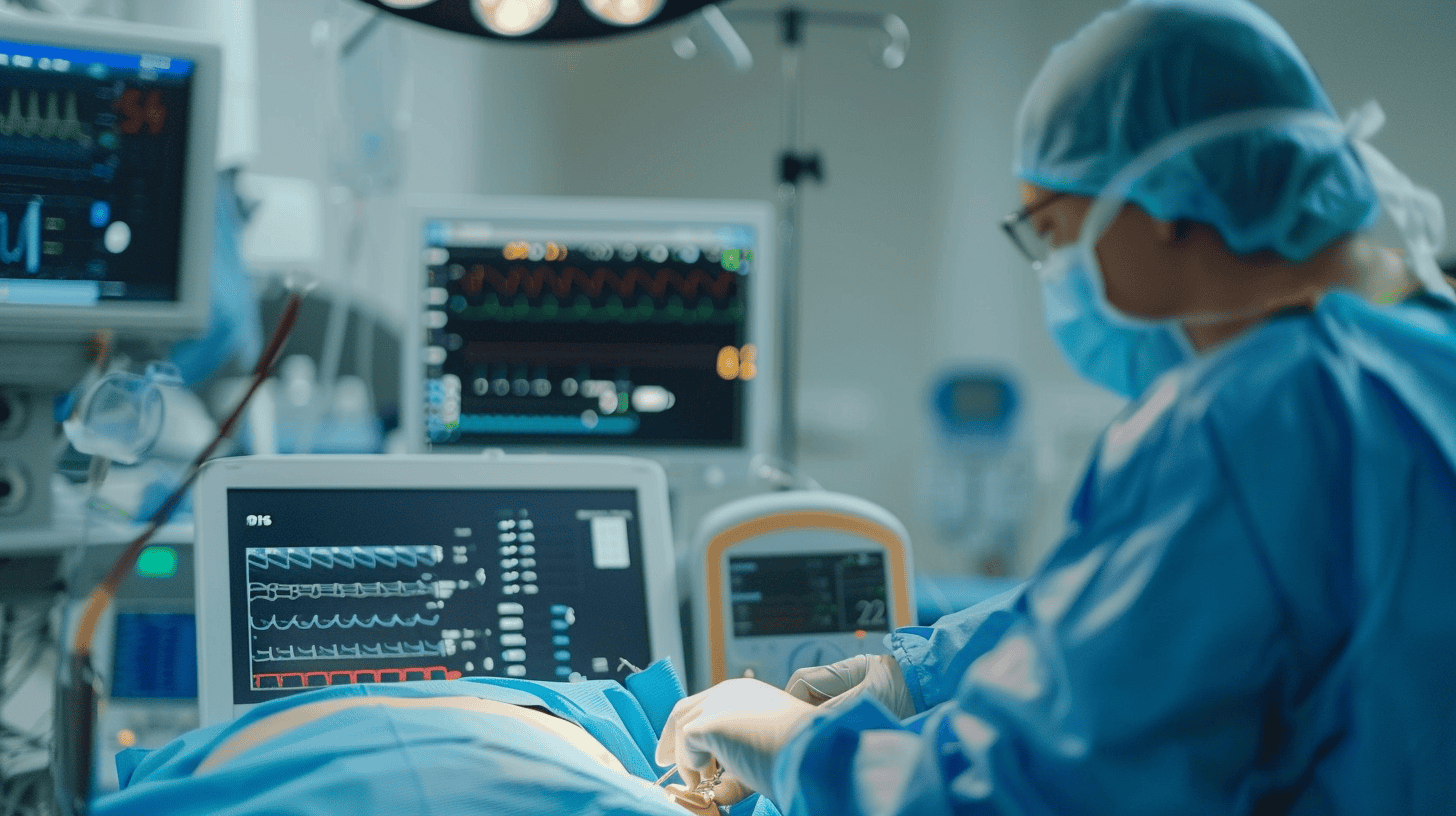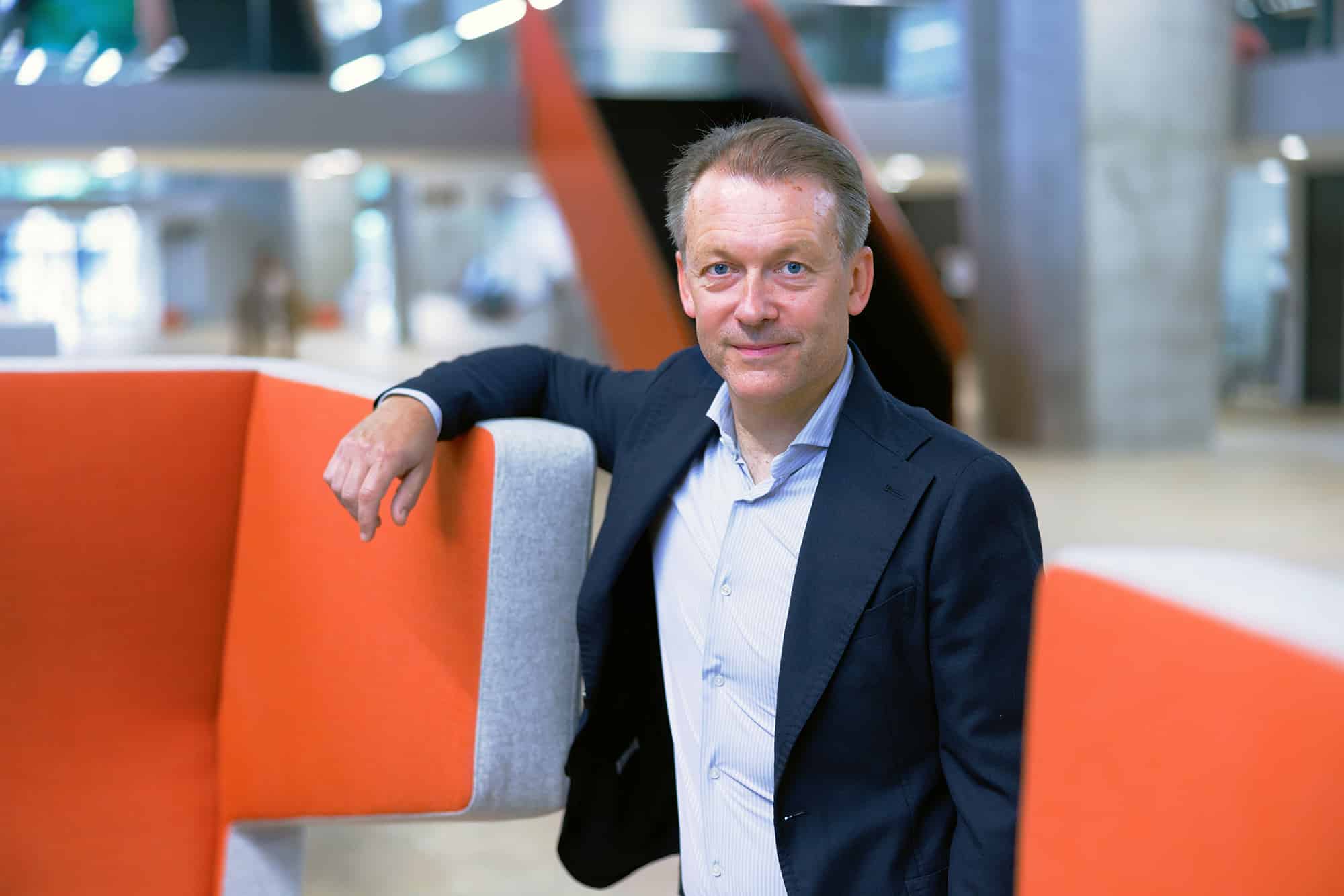
Last week, doctors at Amsterdam University Medical Center (AUMC) completed the successful implantation of the first dual wireless pacemaker in Europe. Cardiologists have introduced a revolutionary two-part system designed to eliminate the complications associated with traditional pacemakers. Wireless pacemakers are a relatively new technology and are poised to overcome many of the limits of conventional pacemakers.
Why this is important:
The invention of pacemakers changed the lives of many, helping recipients to keep living a normal life. Yearly, 600,000 pacemakers are implanted worldwide, yet as the population ages, more and more people will need them. Wireless pacemakers promise to evolve this technology, overcoming some of the limits of traditional pacemakers.
Leadless pacemakers, a significant leap forward in cardiac care, are miniaturized devices that operate without the leads – the wires traditionally used to connect the pacemaker to the heart. These devices integrate the pulse generator and electrodes within a single intracardiac unit. In the absence of leads, the potential for complications such as infections or dislodgement is significantly reduced. The pacemaker is implanted via a minimally invasive procedure, typically involving a small incision in the groin to access a vein, through which the device is delivered directly into the heart.
The Amsterdam UMC surgery marked a milestone in the evolution of this technology with the implantation of a dual wireless pacemaker system. This system, consisting of two mini pacemakers placed in the atrium and ventricle, coordinates electrical pulses between them, ensuring optimal cardiac function. The successful procedure signals a significant advance in patient care, potentially reducing the 1 in 10 complication rate associated with traditional pacemaker wires.
Advantages over traditional pacemakers
Traditional pacemakers have saved countless lives but are not without their drawbacks. They require a box implanted under the skin of the chest and lead wires that run to the heart, which can cause complications like infections or breakages. The wireless pacemaker, comparable in size to a vitamin pill, offers a less invasive and more durable solution. It can be implanted with a minimally invasive procedure, leaving no chest scar and reducing the risk of infections. Furthermore, its small size and weight minimize the psychological impact associated with visible scars and bulky devices.
The dual wireless pacemaker, as installed at AUMC, is adaptable; only one device may be implanted initially, with the option to add a second if required in the future. This flexibility caters to the evolving needs of patients, exemplifying the patient-centered approach of modern medicine.

Performance and safety
A recent study published in the New England Journal of Medicine reinforces the promise of wireless pacemakers. The study evaluated a dual-chamber leadless pacemaker system, reporting high rates of safety and effective performance. Notably, the system achieved over 90% in primary safety and performance endpoints, with atrioventricular synchrony – the coordination between the atria and ventricles – observed in 97.3% of patients.
The dual-chamber system, a programmable modular design, allows for bidirectional wireless communication, maintaining the heart’s natural rhythm. This advancement addresses a limitation of earlier single-chamber ventricular leadless pacemakers, which were suitable for fewer patients due to their inability to support atrial pacing or consistent atrioventricular synchrony.
Real-world implications
Barry Lawrence’s story, one of the first Americans to receive a wireless pacemaker, is a testament to the real-world impact of leadless pacemakers. Lawrence, an enthusiast of high-speed sports, found his activities curtailed by a slow heart rate, which led to fainting episodes. His implantation of Abbott’s Aveir Leadless Dual Chamber Pacemaker – the first on the West Coast – not only stabilized his condition but also offered a quick recovery without physical restrictions. This case exemplifies the device’s potential to improve quality of life.
Dr. Brian Kim of Providence St. Joseph Hospital performed the procedure on Lawrence and described the device as a “game changer.” With its dual-chamber functionality and absence of leads, the pacemaker is expected to set new standards in cardiac pacing. The ease of implantation and the long lifespan of the devices, lasting 10 to 15 years before a simple replacement is required, add to its appeal.

Considerations and future outlook
Despite the advantages, leadless pacemakers are not without their considerations. According to the Cleveland Clinic, while such pacemakers circumvent the need for a surgical pocket and connecting leads – common sources of traditional pacemaker complications – they are currently limited to pacing only one ventricle and cannot defibrillate. Additionally, there is a higher upfront cost and a risk of heart puncture. However, the implant success rate of 95% to 99% and low complication rates underscore the potential of this technology.
As medical technology advances, the application of leadless pacemakers is expected to become more widespread. The success of the dual wireless pacemaker system at AUMC, combined with the ongoing research and real-world experiences, suggests a shift towards less invasive, more patient-friendly cardiac pacing solutions. With further development and increased accessibility, leadless pacemakers may indeed become the standard of care for patients requiring pacing therapy.

